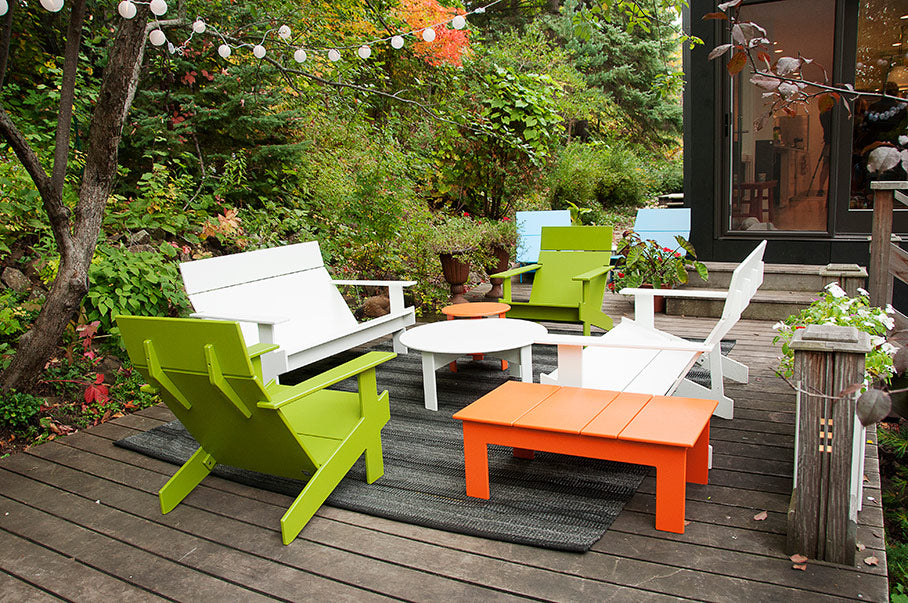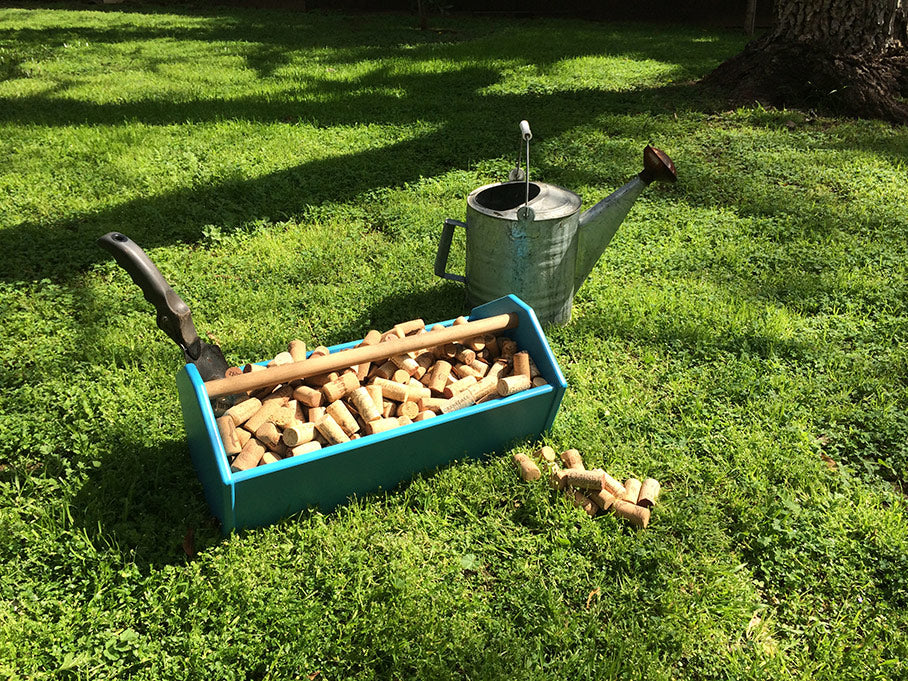
With spring right around the corner, we want to share with you some of our top ideas for creating eco-friendly patios. Some tips are simple – others a bit more time-intensive. But all provide you the flexibility to make your space your own while creating a contemporary and sustainable outdoor area.
Top tips for creating an eco-friendly patio
-
Design a ‘green’ railing.
Use a line of low-to-the-ground, slim planters create an eco-friendly rail around your patio or deck Enjoy changing the look annually by experimenting with tall and/or draping plants.
-
Plant herbs.
Place flowering and fragrant herbs in planters and surround your outdoor space with them. The herbs will be readily available to pick and pluck as a quick addition to an appetizer or beverage. For example, you can add fresh mint to the mojito you prepared using the Wallbanger fold-down bar. -
Incorporate recycled furniture.
Whether it’s post-consumer product furniture – like ours, which is made from recycled milk jugs – or simply a vintage patio set, reusing furniture is not only good for the environment, but it also adds character.
-
Collect rainwater runoff in 5-gallon buckets.
Then, use it to water your planters. -
Encourage bees.
The U.S. honey bee population has declined by 50% in the last 75 years. It’s a problem, because at least one third of all food we eat requires pollination from bees. You can help attract bees by planting wildflowers, fruits and vegetables, and even letting your yard grow a little wild.
-
Create a rain garden.
This will help minimize water pollution and storm water drainage. You can use a variety of shrubs and perennials. Get more rain garden tips from the National Gardening Association. -
Locally source your materials.
From cobblestone to wood, consider purchasing from businesses in your area. -
Use spent wine corks in planters.
Place them in planters to fill space before the dirt goes in. This solution keeps the weight down versus rocks.
-
Plant trees.
Trees not only have foliage that collects water, but they also have roots that filter and soak up water, helping to restore groundwater. -
Reuse rainwater via a permeable paving system.
Pervious concrete pavements allow water to percolate into underlying soil. This prevents water from running off over standard concrete and asphalt – where it picks up contaminates – and ending up in lakes and streams. Bonus: This solution also directs more water to tree roots and landscaping, so there you won’t need to water as much.

